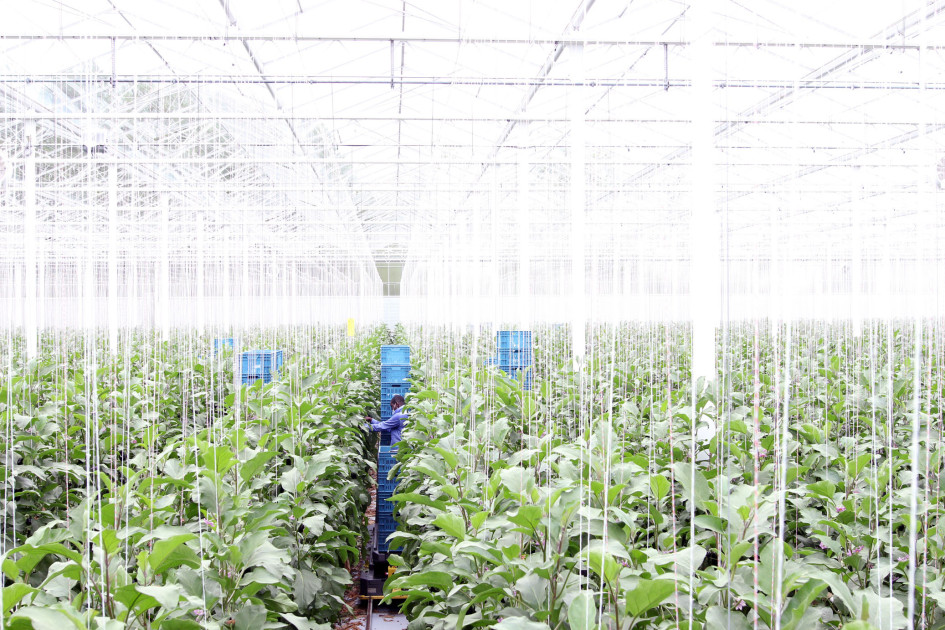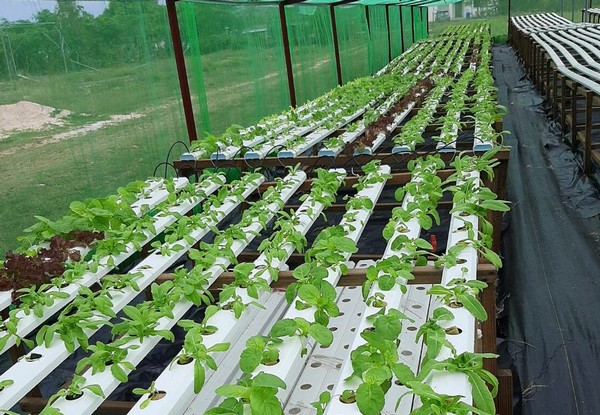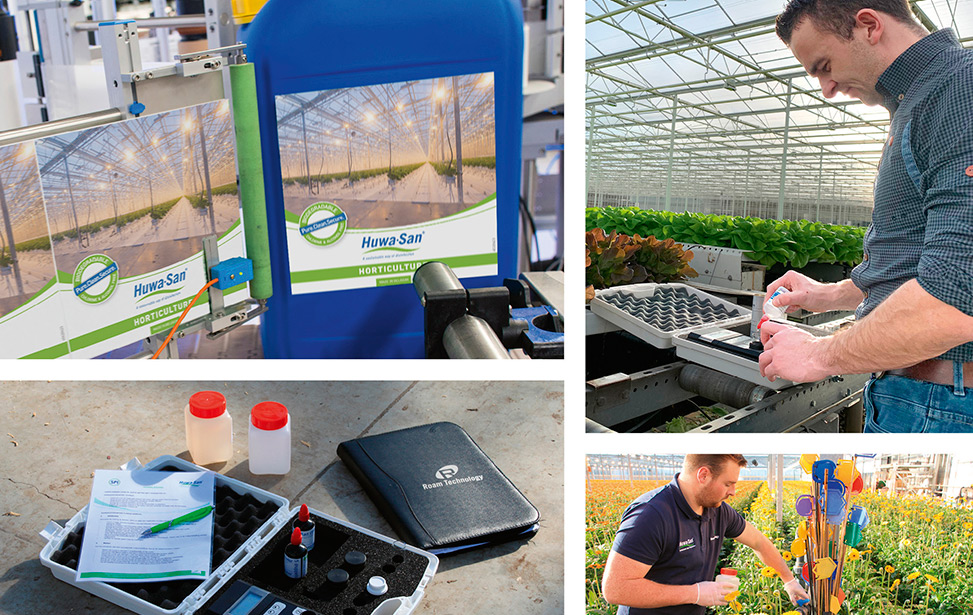Eggplant cultivation is often associated with southern countries such as Spain and Italy. But in Flanders, too, the fruit thrives in greenhouses and cultivation is on the rise.

The Heulens family in Vremde in Antwerp was one of the first aubergine growers and is now the largest in Flanders. “There is still enormous potential in Belgium if people learn to eat the vegetables.
Read more about:
Eggplants are often mentioned in the same breath as courgettes, but they belong to a different family, the nightshade family. Unlike its American cousins tomato, potato, paprika and chili pepper, the roots of this fruit vegetable are not in the West but in the Far East. The Arabs brought the aubergine to Spain, from where it conquered the rest of Europe.
The popularity of the Mediterranean cuisine in our regions has introduced us to the aubergine. In Flanders, vegetables are inextricably linked with dishes such as moussaka and melanzane. Today, more and more vegetarians are putting ‘vegetable steak’ on the menu as a meat substitute, and the versatility of the aubergine is increasingly appreciated.
Although we have started to eat twice as many aubergines in ten years, the average consumption of them is only about 600 grams per year. Southern Europeans, for example, eat an average of six to ten kilograms of aubergine per year. Not only is the fruit of the eggplant (in English it has eggplant, ed .) still relatively unknown, there is also a lot of ignorance about its cultivation. A market survey by iVOX among a thousand Belgians in 2020 shows that only one in five knows that aubergines are also grown in our country.
Largest Flemish grower opens doors
In order to increase the fame and popularity of the fruit, the BelOrta grower family Heulens decided this week to open their doors and invite journalists to their company, which is the largest eggplant grower in the country with 7.5 hectares. The company in Vremse, near Antwerp, is run by brothers Jan and Tom and sister Ann. They took over the company from their parents who switched from growing tomatoes to aubergines in the 1990s. This made them one of the first growers in our country.
Over the years, the number of aubergine growers has risen sharply. In 2021, Belgium has 23.62 hectares of aubergine cultivation under glass. The cooperative vegetable and fruit auction BelOrta has contracted eight aubergine growers – two Dutch and six Flemish companies – good for a production of 12,500 tons of aubergines on an annual basis. Sixty percent of Belgian production is exported, while forty percent remains in Belgium.
Tropical rainforest
In May, when the days lengthen, the company is very busy. Forty employees pick aubergines in the greenhouse and sort and pack the fruits using the automated sorting system set up at the front of the company. Here, crates and boxes are loaded into the truck. The seasonal workers come from the local reception centre, which is ten minutes by bike from the company. “Due to corona, it is not easy to get people from Eastern Europe and we have had good experience with these employees for years,” says Ann Heeulens, who is responsible for sorting and administration.
The 40,000 plants on the company are set up on substrate in mid-December, after which the first harvest takes place in mid-February. “The ideal daytime temperature is 26 degrees, but in the summer the temperature can rise to 30 degrees and the humidity is about 85 percent. Visitors sometimes compare our conservatory with a tropical rainforest. Well, aubergines are exotic and like a warm, humid climate,” says Jan Heeulens, who is responsible for crop management.
Growing in greenhouses allows the family to offer local aubergines until much later in the year. The last fruits are picked at the end of November. “The harvest takes place in several pickings, depending on the ripeness and weight, preferably about 300 grams. In the high season, our sorting machine processes up to 35 tons of aubergines per day”, continues Heulens, who indicates that during peak days the company drives to BelOrta up to three times in one day. There the aubergines are bundled with those of other producers and offered for sale according to class division.

Breeding influences price formation
Although the growers’ family was initially inconvenienced by the closure of the catering industry last year, they do not look back on the corona year with dissatisfaction. “I have the impression that people had a little more time at home to cook and have done something with the aubergine more often,” says Heeulens.
The growers receive the best prices in August and September. “Then there is no competition from Spanish aubergines and there is only Dutch and Belgian supply.” The Spanish competitors grow in foil tunnels where the operating costs are much lower. “Initially, the harvest in Spain only lasted until the end of February, but breeding allowed them to extend this until May or June. That didn’t make it any easier for us.”
Belgian breeding is not standing still either. More than ten years ago, the eggplant collars and leaves were prickly, making picking difficult. In the new varieties the spines have disappeared through natural selection. “At the moment there are also trials to develop varieties that can be grown year-round, so that more production can be run,” concludes Heeulens.













